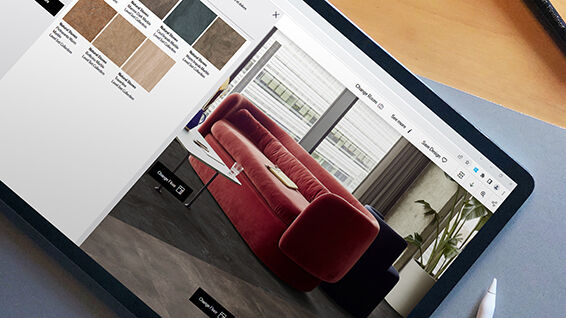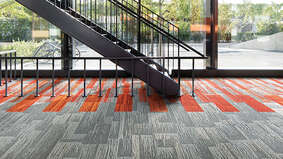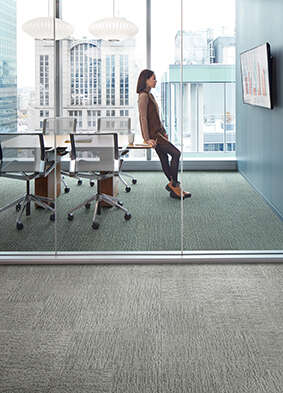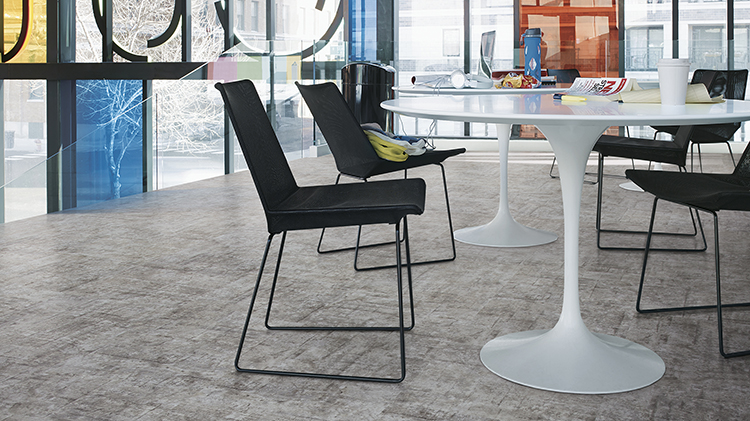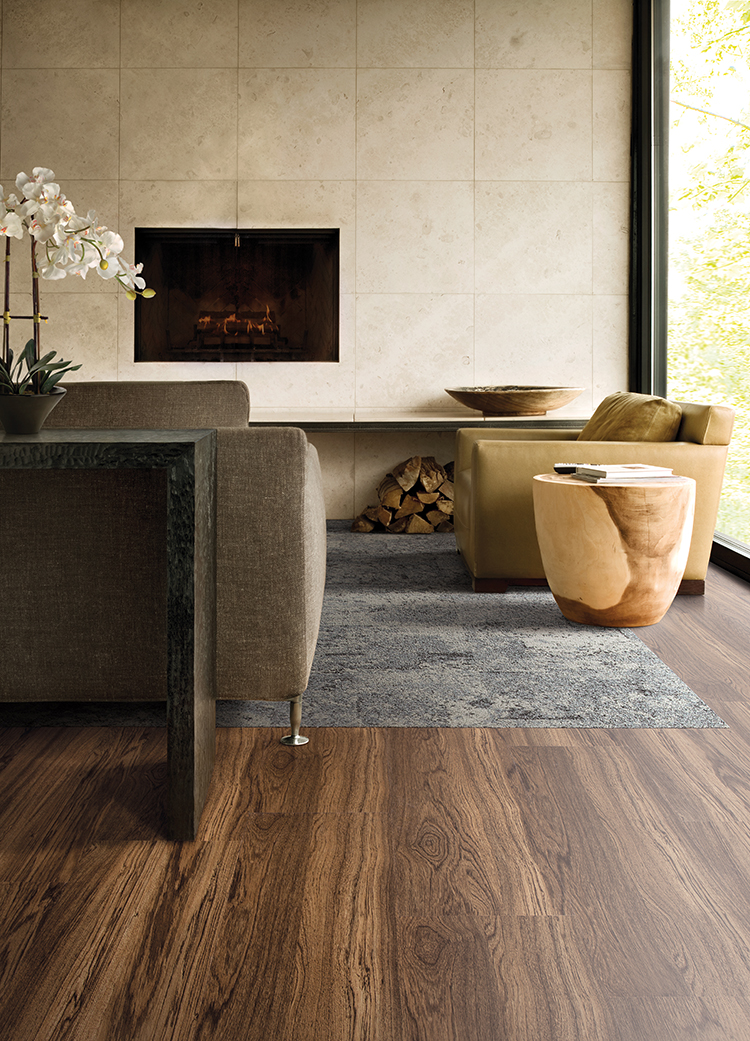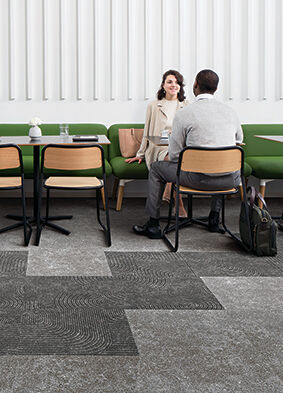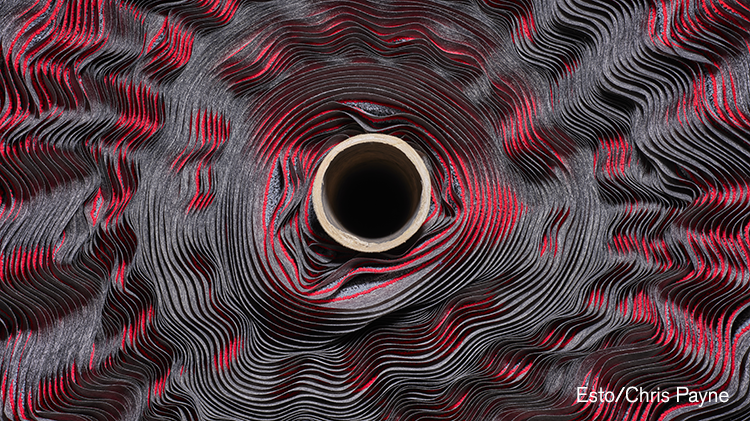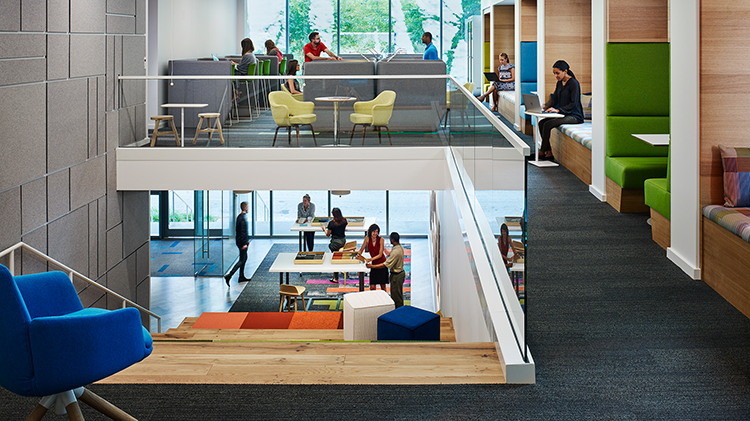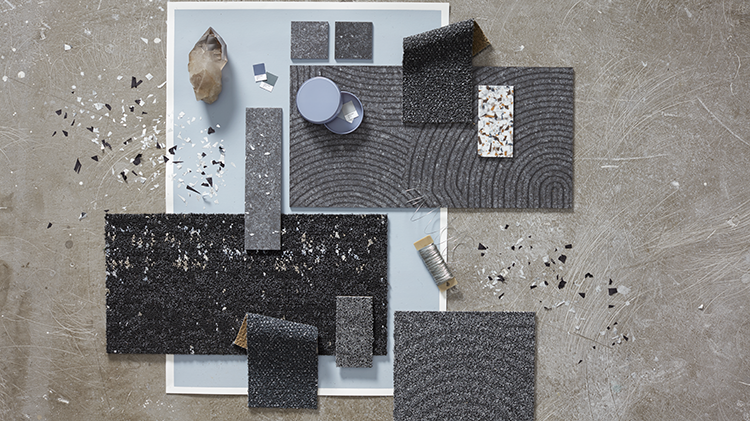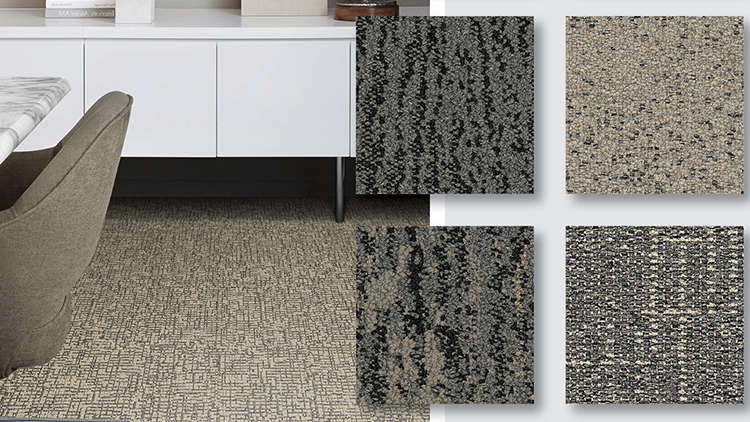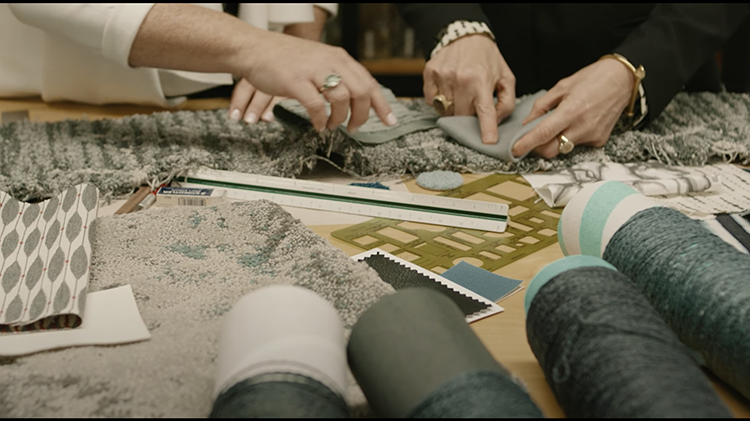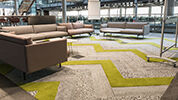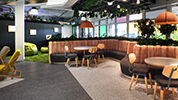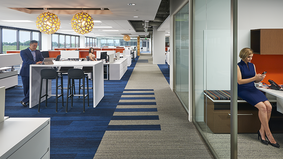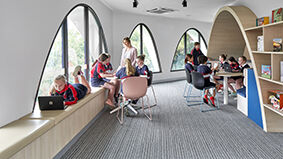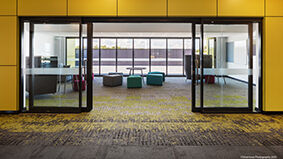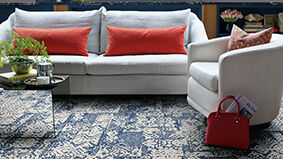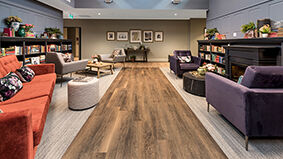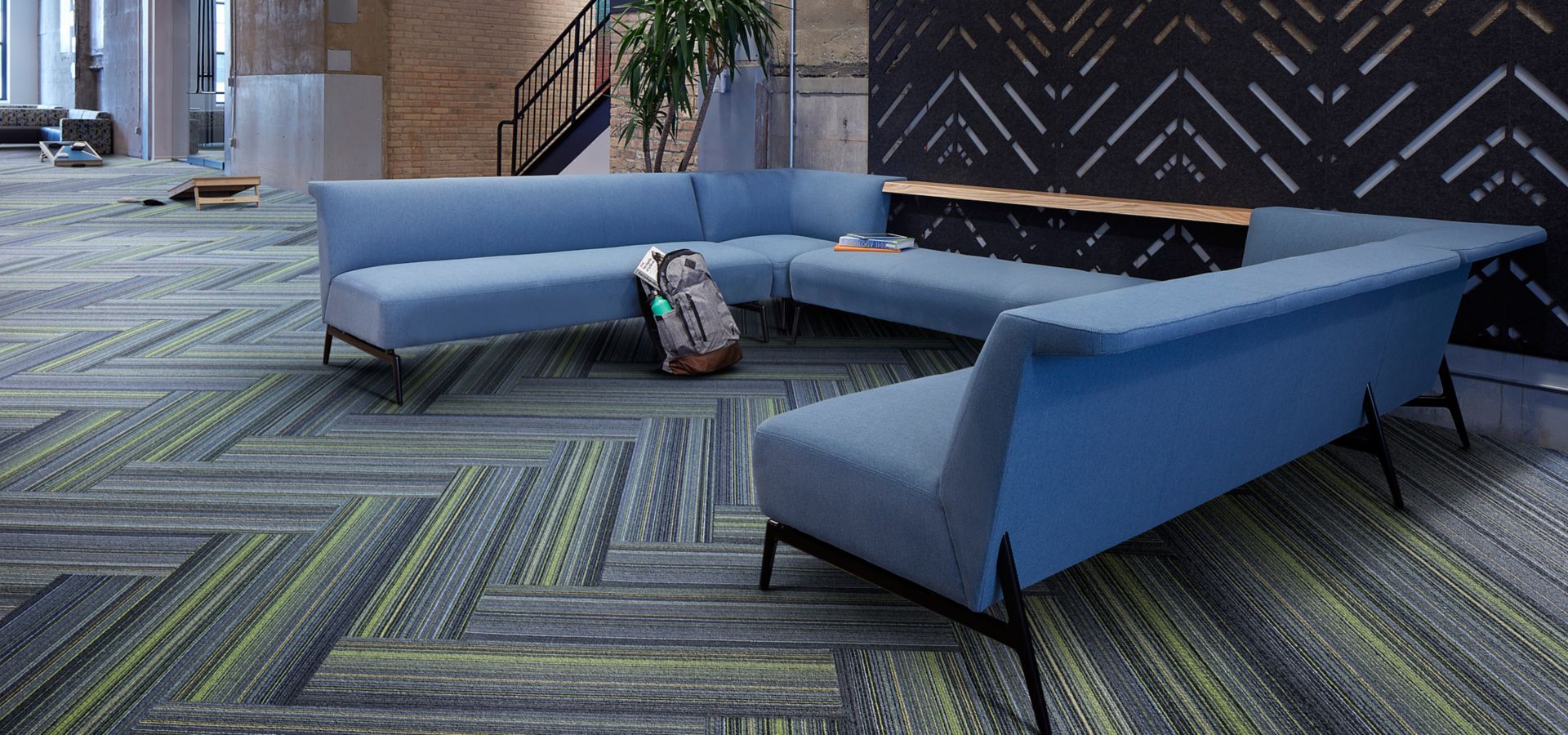On Principle: An Interview with David Oakey
In January 2009, approximately 300 Britons clad in tweed suits and armed with vintage bicycles gathered at Savile Row. After snapping selfies, they made their way through the streets of central London. The so-called Tweed Run has since become an annual event in England’s capital city and has spawned similar rides from Minneapolis to Malmö.
David Oakey admits that the sight of a peddling, woollen collective could be dismissed as yet another example of the millennial generation’s enthusiasm for all things heritage. But the principal of David Oakey Designs and head of product design for Interface sees a much farther-reaching phenomenon playing out. Instead of living life entirely in front of computer screens, these cyclists are experiencing the physical environment directly. The Tweed Run represents a concerted effort to feel more authentic, comfortable and natural in the modern world.
That event participants wear the namesake fabric is not lost on Oakey. In fact, tweed supports his point: “The beauty of hand weaving is that it’s closer to nature than the synthetic uniformity [of ‘modern’ machined production],” he says. In a traditional Scottish tweed, for example, what looks like solid green actually has “at least 10 to 15 colours, which is similar to the way nature works with colour.” Other artisanal fabrics, like the freeform weaves known as Saori, are similarly diverse.
Oakey based the World Woven™ collection on this interest in hand-woven textiles. He explains that the new collection adds dimension to biophilia-inspired design—a way of creating spaces that support humans’ innate attraction to the natural world. A longtime proponent of biophilic design, his Urban Retreat® and Near & Far™ collections for Interface make overt reference to natural elements.
World Woven applies nature to manmade products in a more abstract manner, recreating its irregular patterns and colour variations without replicating specific patterns found in landscape. This systems-based approach to biophilic design operates at multiple scales, says Oakey. “Being modular, the designer can use one of these products and let it be a simple neutral background [or] combine multiple textures and create diversity and movement like you find in the natural world.”
Specifying World Woven does not create spaces with an outdoorsy aesthetic. Rather, designers may be attracted to the collection for its residential feel, or its mix-and- match capability. But biophilia’s benefits will accrue to the occupants of the space all the same.
See the World Woven Collection
David Sokol A New York–based writer who specializes in the built environment, David is a contributing editor at Architectural Record and Cultured magazines.
